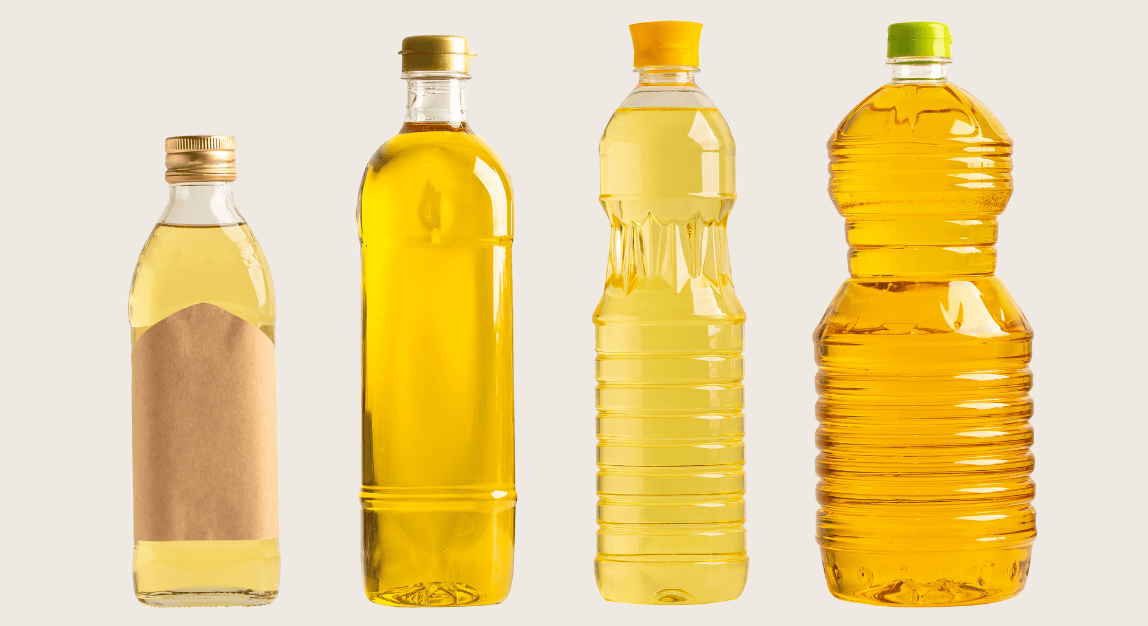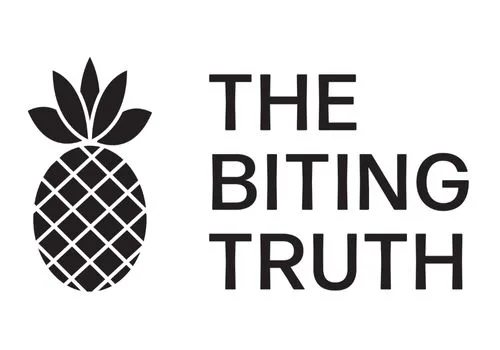
In the wide world of cooking, oil plays a starring role, adding flavour, texture and a dash of nutrition to our favourite dishes.
But here’s the scoop: not all oils are created equal.
Choosing the right one can make all the difference in how your food tastes and how it impacts your health. So, which oil takes the crown in the kitchen?
Let’s dive into the fascinating world of cooking oils to find out!
In this article, we’re going to explore the ins and outs of choosing the perfect oil for your culinary adventures. Plus, we’ll break down the nutritional pros and cons of some popular oils.
Here are 5 considerations when it comes to choosing the right oil:
1. How has the oil been processed?
Opt for oils labelled as ‘virgin’ or ‘extra virgin,’ indicating minimal processing without the use of chemicals. Cold-pressed oils retain more nutrients due to the absence of heat during extraction. On the other hand, refined oils undergo heating and chemical solvent treatments, resulting in inferior quality.
2. What are you using the oil for?
Different oils serve different culinary purposes. Consider the intended use – whether frying, baking, roasting, or making dressings. Each oil has unique heat stability, flavour profile, and composition, making them suitable for specific cooking techniques.
3. Smoke Point & Oxidative Stability:
Smoke point is the point at which an oil begins to burn or smoke. While it’s likely you’ve heard of the importance of smoke point, oxidative stability (see below) actually proves to be a more critical factor when it comes to cooking. Oxidation, accelerated by high temperatures, leads to the formation of harmful compounds. An oil’s ability to resist oxidation, influenced by its antioxidant content and fatty acid composition, determines its suitability for cooking. To give you an example, rice bran oil is known to have a high smoke point which is seen as a positive however It has very poor oxidative stability which means when heated it forms harmful compounds. Therefore it would not be considered a perfect match for cooking despite the high smoke point (more on rice bran oil below)
4. Fat Composition:
All oils have a different composition of saturated and unsaturated (polyunsaturated and monounsaturated) fats. We recommend opting for oils rich in unsaturated fats while minimising saturated fat intake. Oils abundant in polyunsaturated and monounsaturated fats, such as extra virgin olive oil, promote heart health.
5. Flavour:
The flavour profile of oils contributes significantly to the overall taste of dishes. Select oils that complement the flavours of your cuisine, whether it’s the nuttiness of sesame oil or the fruity notes of extra virgin olive oil.
Pros and Cons of Popular Oils
Extra Virgin Olive Oil:
- Pros:
- Highest grade of oil
- Naturally extracted from th fruit of the olive tree (this process is done without heat or chemicals to retain maximum nutrition).
- Rich in antioxidants
- High smoke point
- High oxidative stability
- Lots of research to support health benefits
- Cons:
- Extra virgin olive oil can be expensive
- Uses:
- Safe and stable for cooking at high temperatures (baking, frying and satueing)
- Can be used for salad dressings, dipping, drizzling and marinades
Coconut Oil:
- Pros:
- Solid at room temperature which can make it a great option for raw slices or protein balls.
- High oxidative stability
- Cons:
- Rich in unhealthy fats which have been shown to raise LDL (bad) cholesterol
- Only has trace amounts of antioxidants
- Uses
- It is suitable for high temperature cooking however due to it’s rich saturated fat profile it is not recommended as a suitable alternative to unsaturated fat oils like EVOO.
Avocado Oil:
- Pros:
- Rich in healthy monounsaturated fats (68%)
- Cons:
- Low antioxidant profile
- Poor oxidative stability
- Uses:
- Works well in a salad dressing
Flaxseed Oil:
- Pros:
- Good source of unsaturated fats
- Cons:
- Poor oxidative stability and low smoke point
- Needs to be stored in the fridge
- One of the reasons flaxseed oil became popular as due to it’s omega 3 content however it’s actually not a great source and you are better off having flaxseeds.
- Uses:
- Dressings, dips or other cold dishes
Rice Bran Oil:
- Pros:
- Predominantly unsaturated fats
- Contains an antioxidant that has been shown to block the absorption of cholesterol in the body
- Cons:
- Although rich in unsaturated fats, it has a higher saturated fat content compared to other oils
- Poor oxidative stability despite high smoke point.
- Low levels of antioxidants
- Uses:
- Dressings or other cold dishes.
Sesame Oil:
- Pros:
- Predominately unsaturated fats
- Cons
- Poor oxidative stability despite high smoke point
- Uses:
- Recommended to use in small amounts for flavour
Vegetable Oil
- Pros:
- Affordable
- Cons:
- Despite name, not made from vegetables
- Rich in saturated fats
- No antioxidants or additional vitamins and minerals
- Often contains palm oil which has huge environmental impacts
- Uses:
- We wouldn’t recommend using vegetable oil
Canola Oil
- Pros:
- Rich in monounsaturated fats
- Low saturated fat content compard to other oils
- Affordable
- Cons:
- Low in antioxidants
- May contain dome trans fats
- Poor oxidative stability
- Uses:
- We wouldn’t recommend using canola oil
The takeaway
Extra Virgin Olive Oil is the stand out when it comes to cooking oils.
—
Notes:
- Check us out on Instagram.
- Want 1:1 nutrition support? Book here!
- Check out our Shop for a selection of products to help you become your healthiest self.
